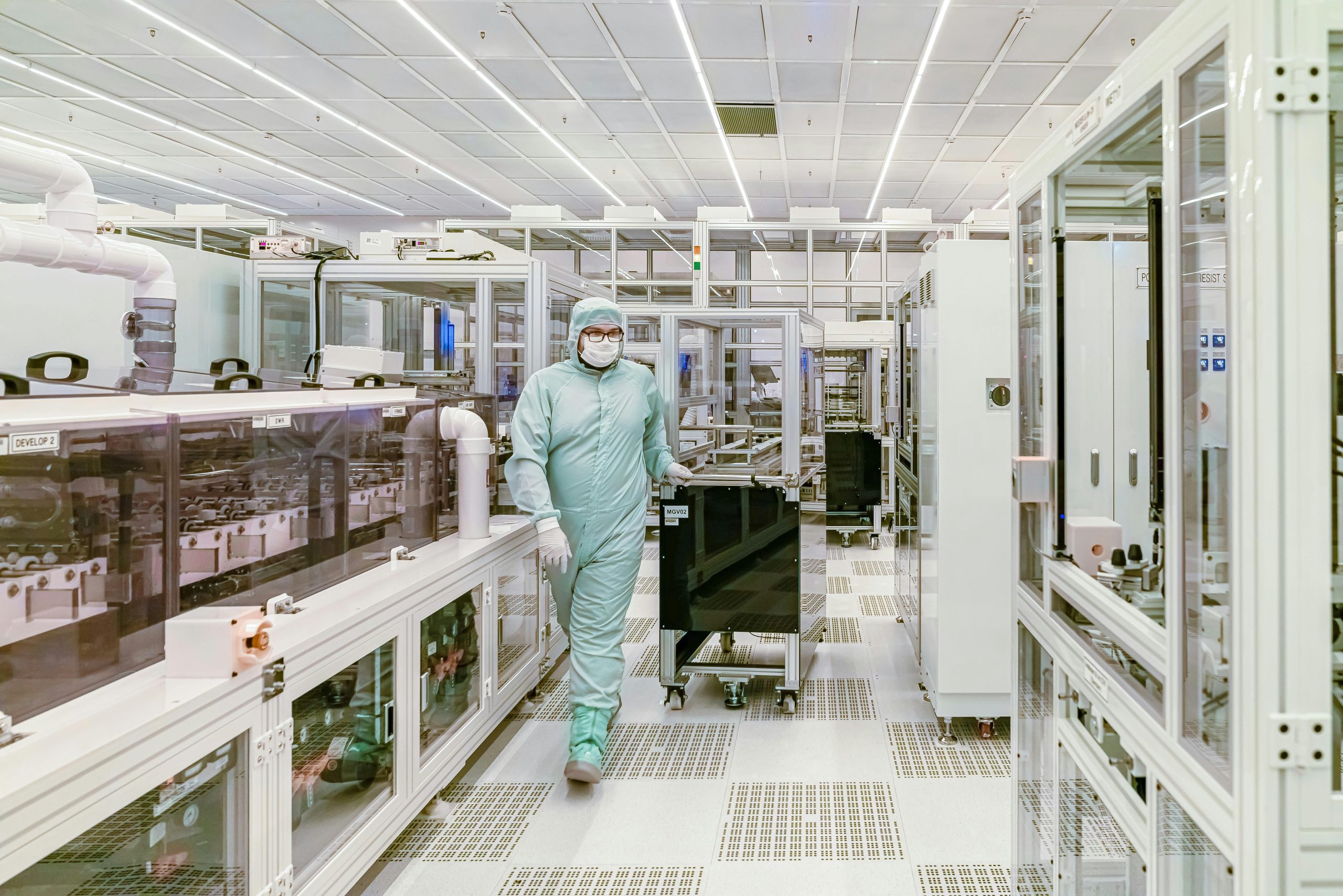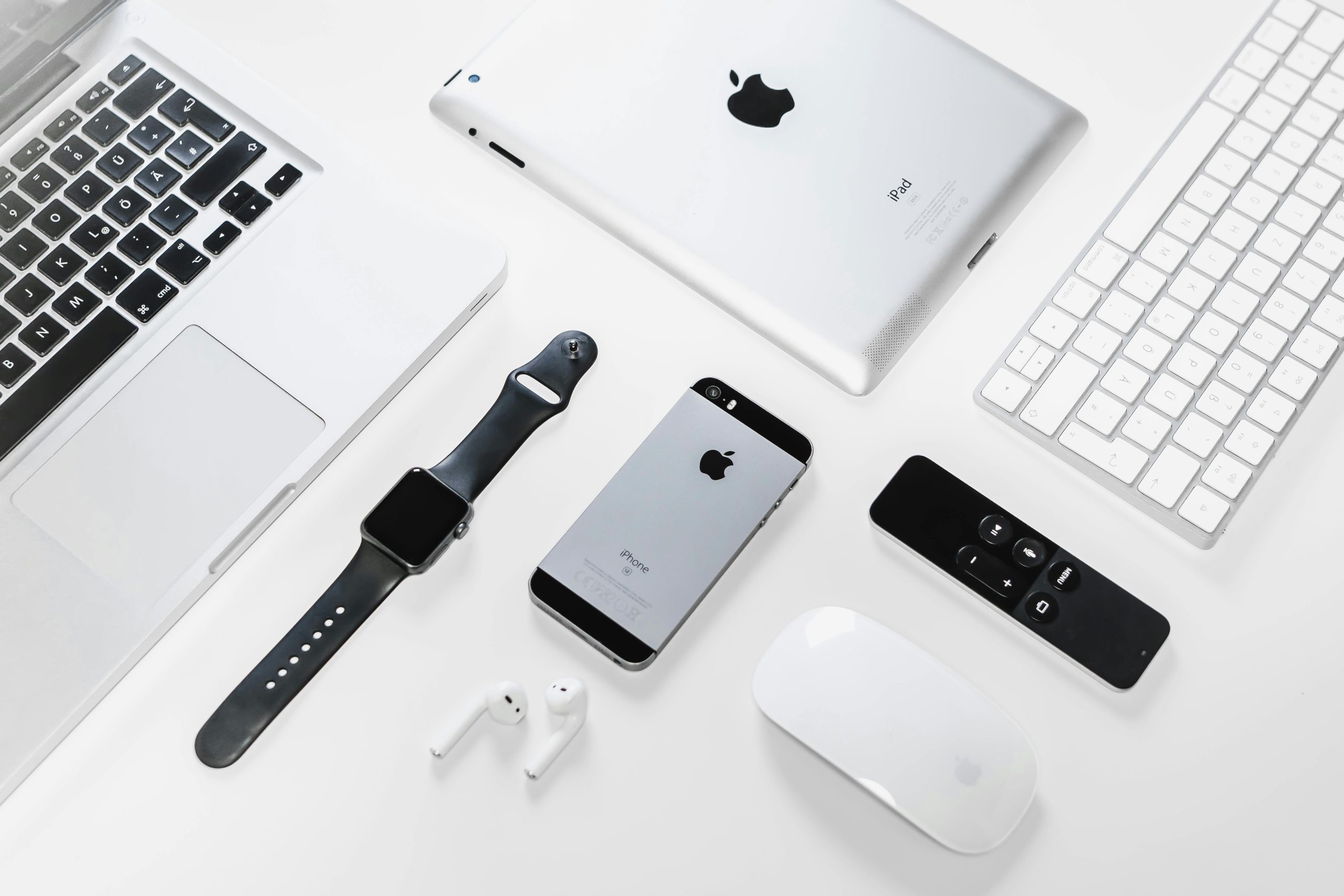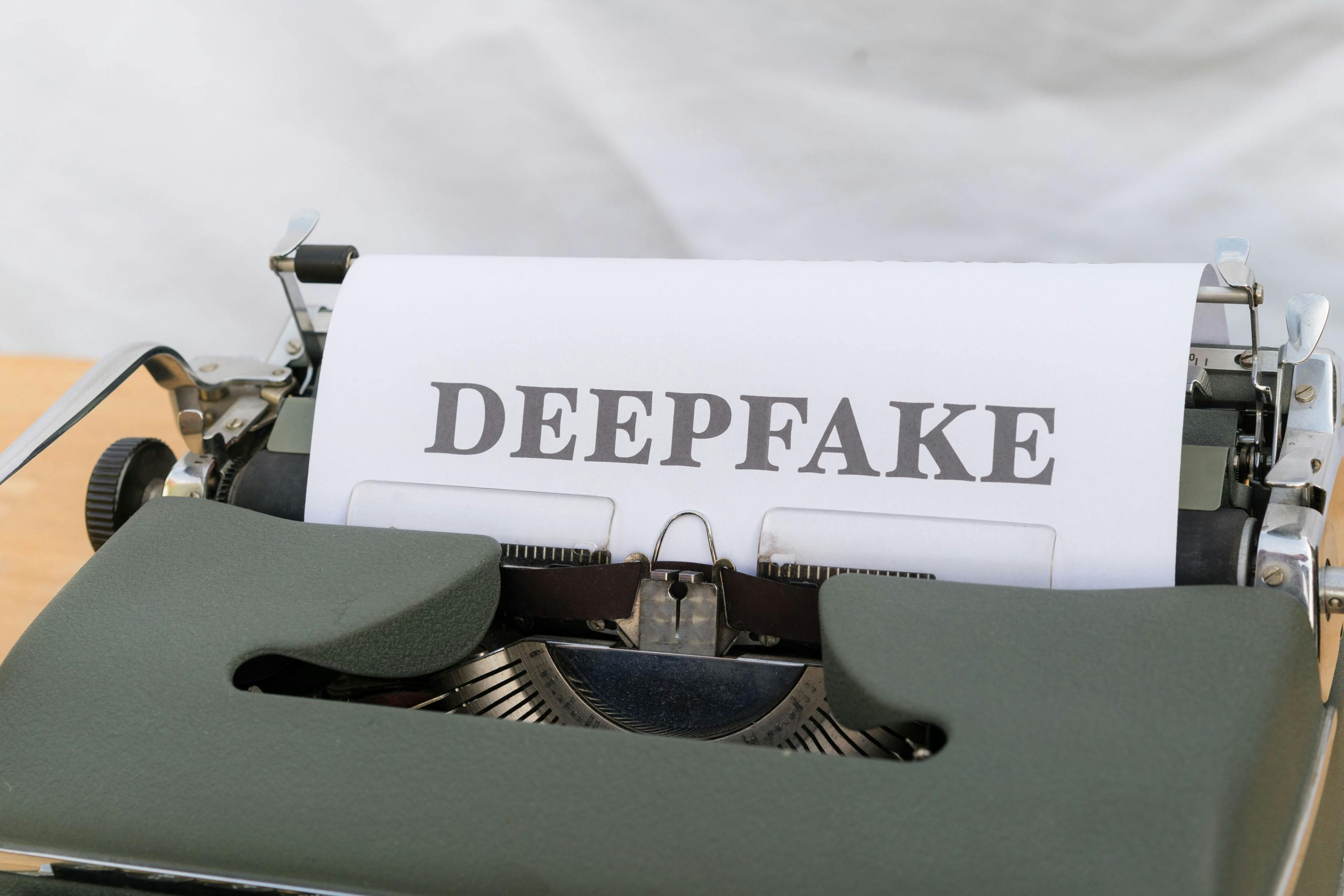How to Connect Your PS Vita to a PC via USB: A Comprehensive Guide

Connecting your PlayStation Vita (PS Vita) to a PC via USB is essential for transferring files, backing up data, and updating your system software. While the process is generally straightforward, some users may encounter issues. This guide provides a step-by-step approach to establishing a USB connection between your PS Vita and PC, along with troubleshooting tips for common problems. As of 2024-2025, the primary method involves using Sony’s official content Manager Assistant software, though alternative methods exist for users with custom firmware.
Understanding the Connection Methods
There are two main ways to connect your PS Vita to a PC:
- Official Method (Content Manager Assistant): This is the recommended and most stable method for all users, including those without custom firmware. It allows for file transfers, backups, and system updates.
- Unofficial Method (VitaShell/FTP/USB Mass Storage): This method is primarily for users who have installed custom firmware (like HENkaku) on their PS Vita. VitaShell, a homebrew application, can enable USB Mass Storage mode, allowing direct access to the Vita’s file system.
Method 1: Using Content Manager Assistant (Official Method)
This method ensures compatibility and stability, making it the go-to for most users.
Step 1: Download and Install Content Manager Assistant
First, you need to install the official software from Sony on your PC.
- Visit the official PlayStation website or search for “Content Manager Assistant for PlayStation” to find the download link. As of recent updates, the software is available for both Windows and macOS.
- Download the installer for your operating system.
- Run the installer and follow the on-screen prompts. During installation, you may be prompted to download additional components; ensure these are installed.
- Once installed, Content Manager Assistant should run in the background. You can verify this by checking the system tray (Windows) or menu bar (Mac) for its icon.
Step 2: Prepare Your PS Vita
Ensure your PS Vita is ready for connection:
- Make sure your PS Vita’s system software is up to date. While Content Manager Assistant can facilitate updates, having a recent version installed beforehand can prevent issues. The latest system software as of late 2024 is version 3.74.
- Ensure your PS Vita has sufficient battery charge or is connected to a power source.
Step 3: Connect Your PS Vita to Your PC
Now, establish the physical connection:
- Use a compatible USB cable to connect your PS Vita to your PC. The original USB cable that came with your PS Vita is recommended.
- On your PS Vita, navigate to Settings.
- Select Start, then System Update, and choose Update by Connecting to a PC.
- Alternatively, you can launch the Content Manager application on your PS Vita.
- When prompted on your PS Vita, select “PC” as the connection method.
- Your PC should detect the PS Vita, and Content Manager Assistant will initiate the connection. You might see a notification on your PC indicating a device has been connected.
Step 4: Transferring Files
Once connected, you can manage your files:
- Open the Content Manager Assistant on your PC if it doesn’t open automatically.
- On your PS Vita, within the Content Manager application, you will see options to copy content between your PS Vita and PC.
- You can back up saved data, game data, music, images, and videos.
- To transfer files from your PC to your PS Vita, select the “Copy Content” option on your Vita, then choose “PC to PS Vita System.”
- To transfer files from your PS Vita to your PC, select “Copy Content” on your Vita, then choose “PS Vita System to PC.”
Method 2: Using VitaShell (Custom Firmware Required)
This method offers more direct file system access but requires your PS Vita to be running custom firmware.
Step 1: Install Custom Firmware and VitaShell
This guide assumes you have already installed custom firmware (e.g., HENkaku) and VitaShell on your PS Vita. If not, please refer to dedicated guides for installing custom firmware, as this process can be complex and carries risks.
Step 2: Connect Your PS Vita to Your PC
Follow these steps to connect via VitaShell:
- Ensure your PS Vita is connected to your PC using a USB cable.
- Launch VitaShell on your PS Vita.
- Once VitaShell is open, press the SELECT button on your PS Vita.
- This action will toggle the connection mode. You should see an option to switch between FTP and USB. Ensure it is set to USB.
- Upon successful toggling, your PS Vita should be recognized as a USB Mass Storage device by your PC. You may hear a notification sound on your PC.
- You should now see your PS Vita’s storage appear as a drive on your PC.
Step 3: Accessing Files with VitaShell
With VitaShell’s USB mode active:
- On your PC, navigate to your PS Vita’s drive.
- To see all folders, including system files, you may need to adjust folder view settings on your PC. Enable “Show hidden files, folders, and drives” in your File Explorer options.
- You can now directly copy, move, or delete files and folders on your PS Vita’s memory card. This is particularly useful for installing homebrew applications (VPKs) or transferring custom themes.
- Important Note: It is strongly advised not to format your memory card via your PC when using this method, as it can lead to corruption. Always format through the PS Vita’s system settings.
Troubleshooting Common Connection Issues
If you’re experiencing problems connecting your PS Vita to your PC, consider these solutions:
PS Vita Not Detected by PC
- Check the USB Cable: Ensure you are using a data-transfer-capable USB cable, not just a charging cable. Try a different cable if possible.
- Try Different USB Ports: Connect the USB cable to a different USB port on your PC. Avoid using USB hubs if possible, as they can sometimes cause detection issues.
- Restart Devices: Restart both your PS Vita and your PC. This simple step can resolve many temporary glitches.
- Content Manager Assistant Running: Verify that Content Manager Assistant is running on your PC. If it’s not, try restarting it from your applications.
- Driver Issues: In some cases, the necessary USB drivers might not be installed correctly. Reinstalling Content Manager Assistant can help ensure the drivers are properly set up.
- Firmware Compatibility: Ensure your PS Vita’s system software and Content Manager Assistant are updated to compatible versions.
- VitaShell USB Mode: If using VitaShell, confirm that you have toggled the connection mode to USB and not FTP.
- Custom Firmware Conflicts: If you have custom firmware installed, ensure it is stable and compatible with your current system software version. Some homebrew applications or plugins might interfere with the USB connection.
Content Manager Assistant Errors
- “Cannot Connect to PC”: This error can occur if Content Manager Assistant is not running or if there’s a network configuration issue. Ensure the application is active and try connecting via Wi-Fi as an alternative if USB fails.
- Database Issues: The first time you launch Content Manager Assistant after installation, it may create a database for your PS Vita. If this process fails, it could lead to connection problems.
Slow Transfer Speeds
- USB connections are generally faster than FTP transfers for large files.
- Ensure you are using a USB 2.0 or higher port on your PC.
- Close unnecessary applications on both your PS Vita and PC that might be consuming resources.
System Updates via USB
You can also use the USB connection to update your PS Vita’s system software if a Wi-Fi connection is unavailable:
- Download the latest system update file for your PS Vita from the official PlayStation website.
- On a USB flash drive, create a folder named “PSVITA” and inside that, create another folder named “UPDATE”.
- Save the downloaded update file as “PSVUPDAT.PUP” within the “UPDATE” folder.
- Turn off your PS Vita.
- Press and hold the Power button for at least seven seconds to boot into safe mode.
- Connect a controller via USB and press the PS button.
- Select “Update System Software” and then “Update from USB Storage Device.”
- Connect the USB flash drive containing the update file to your PS Vita.
- Follow the on-screen prompts to complete the update.
Conclusion
Connecting your PS Vita to a PC via USB is a vital process for managing your device’s content and ensuring it stays up-to-date. By following the steps outlined in this guide, utilizing Content Manager Assistant for official connections, or VitaShell for more advanced users with custom firmware, you should be able to establish a stable and efficient link between your PS Vita and PC. Remember to always use reliable cables and software, and consult troubleshooting steps if you encounter any difficulties.









